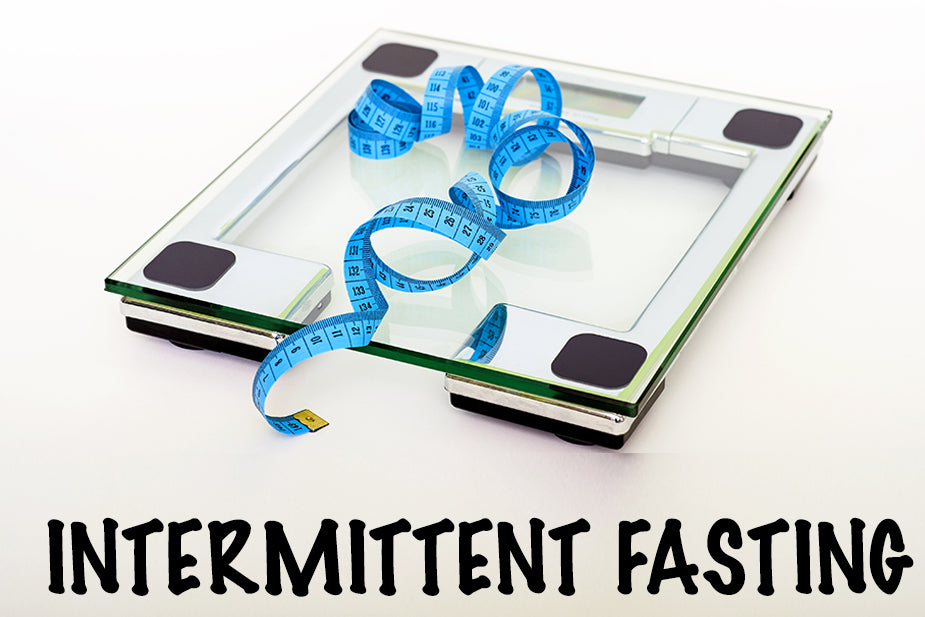Intermittent fasting (IF) is a dietary pattern that involves alternating periods of fasting and eating. It does not necessarily specify what foods you should eat but instead focuses on when you should eat. The idea is to restrict calorie intake during certain hours or days to trigger metabolic changes that may benefit health.
Here is a recap of the various types of intermittent fasting:
- Time-restricted feeding: This involves restricting your eating period to a certain number of hours each day. For example, you might eat all your meals within an 8-hour window and fast for the remaining 16 hours. This is also known as the 16/8 method.
- Alternate-day fasting: This involves fasting every other day, so one day you eat normally, and the next day you reduce calorie intake to 25% of your usual intake.
- 5:2 diet: This involves eating normally for 5 days and restricting calorie intake to 500-600 calories for two non-consecutive days.
- Eat-stop-eat: This involves fasting for 24 hours once or twice a week.
- The Warrior Diet: This involves eating one large meal at night and fasting during the day.
- Spontaneous meal skipping: This involves skipping meals when you don't feel hungry or when you're too busy to eat.
It's important to note that intermittent fasting may not be appropriate for everyone, and it's always a good idea to consult with a healthcare provider before making any significant changes to your diet.
Here's a breakdown of the most popular types of time-restricted feeding:
16/8 method: This involves restricting your eating window to 8 hours each day and fasting for the remaining 16 hours. For example, you might eat your first meal at noon and your last meal at 8 pm, and then fast until noon the next day. This is the most common form of intermittent fasting.
18/6 method: This is similar to the 16/8 method, but with a slightly longer fasting period. You eat all your meals within a 6-hour window and fast for the remaining 18 hours.
20/4 method: This involves eating all your meals within a 4-hour window and fasting for the remaining 20 hours.
OMAD (one meal a day): This involves eating all your calories in one meal and fasting for the remaining 23 hours of the day. This is typically done at the same time each day.
5:2 method: While not technically time-restricted feeding, this method involves restricting calorie intake to 500-600 calories for two non-consecutive days per week, and eating normally for the other five days.
It's also worth noting that the optimal length of the eating window and fasting period can vary depending on the individual's needs and lifestyle. It's important to find a time-restricted feeding method that is sustainable and works for you.
Conclusions:
Intermittent fasting is a dietary pattern that involves alternating periods of fasting and eating. One of the most popular forms of intermittent fasting is time-restricted feeding, which involves restricting your eating window to a certain number of hours each day. The most common form is the 16/8 method, which restricts eating to an 8-hour window and fasting for the remaining 16 hours.
Other popular methods include the 18/6 method, 20/4 method, OMAD (one meal a day), and the 5:2 method. It's important to note that the optimal length of the eating window and fasting period may vary from person to person, and it's essential to find a method that works for your lifestyle and health needs.
While intermittent fasting has been linked to various health benefits, including weight loss, improved blood sugar control, and better heart health, it may not be suitable for everyone. It's essential to consult with a healthcare provider before embarking on any significant dietary changes.
In Summary, time-restricted feeding is a popular form of intermittent fasting that can be a useful tool for weight loss and improving overall health. With various options available, it can be tailored to suit individual lifestyles and preferences. However, it's important to approach it with caution and to seek medical advice before beginning. Additionally, it should be combined with a healthy and balanced diet and regular exercise for optimal health benefits.

